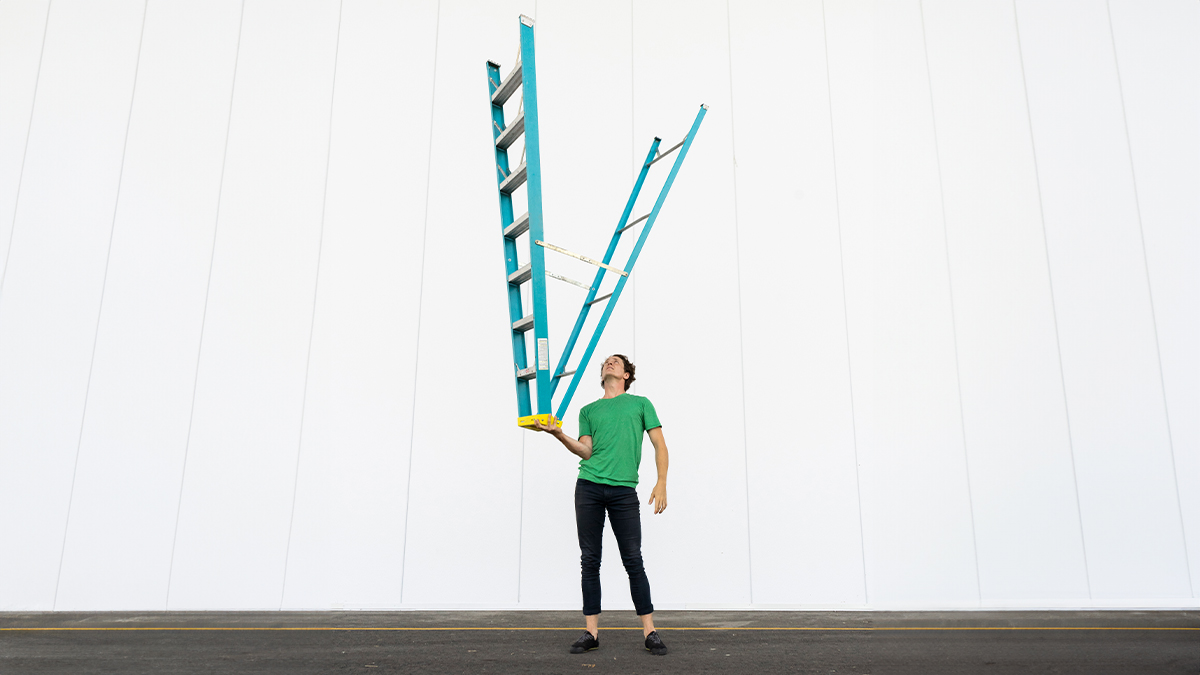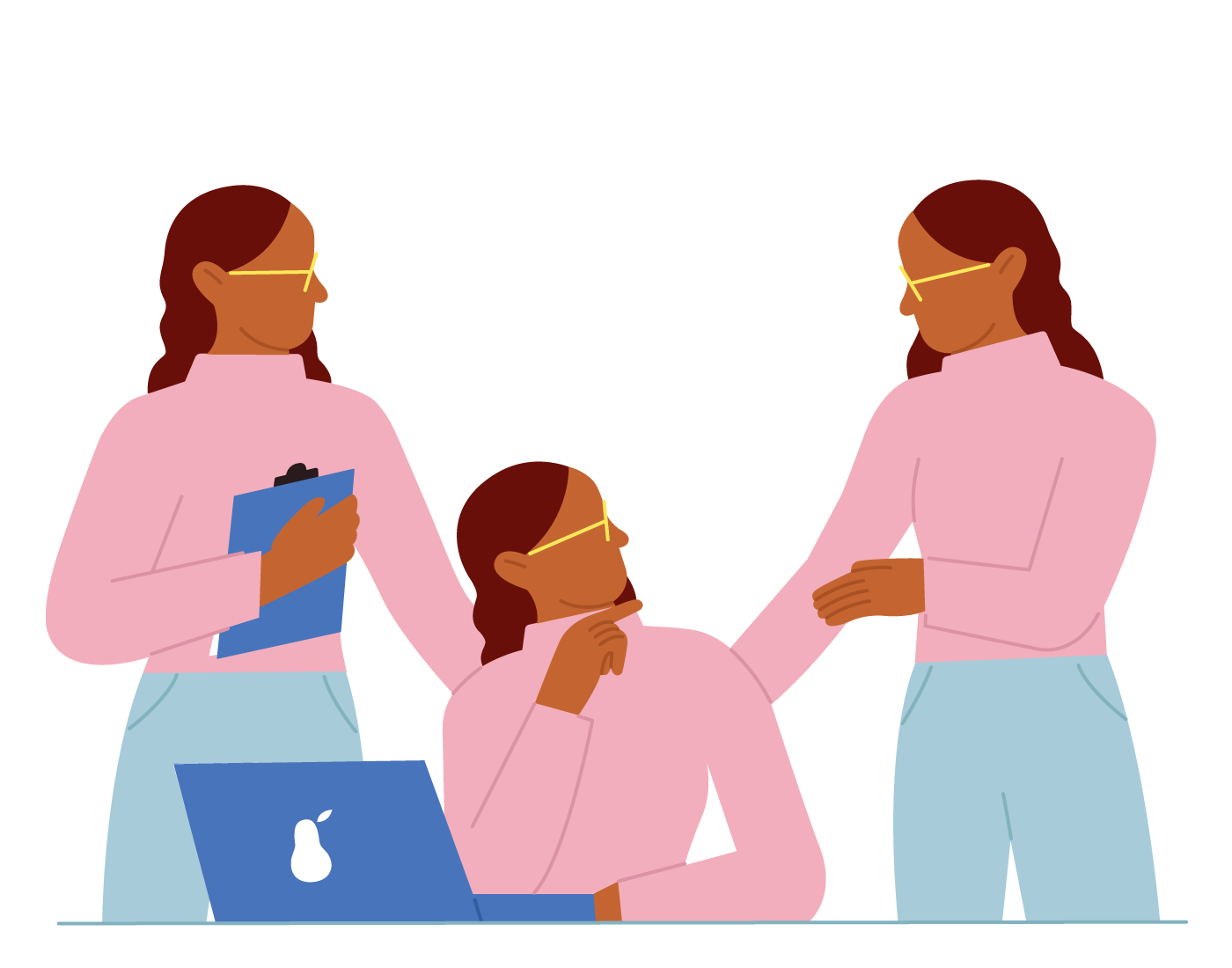The past few years have ushered in a tsunami of workforce, workplace, and workload changes going far beyond remote and hybrid work. Nearly every aspect of work is shifting in some way. Across generations, talent is questioning how, where, with whom, and even why to pursue a particular vocation or create a specific professional identity. Organizations are on both the giving and receiving ends of these shifts. On the one hand, companies are subject to these forces and under pressure from multiple (and often competing) stakeholders to respond responsibly. On the other hand, companies have an unprecedented opportunity to proactively craft new norms, structures, and policies that could positively shape work for decades to come.
It’s Time to Rethink Traditional Career Trajectories

As a society, we are gradually beginning to reframe the midlife crisis — and indeed any life transition — as a period of transformation and rebirth. Crisis then becomes chrysalis, where the best is yet to come. Applying this lens to our careers can yield insights and new opportunities, especially when the world seems upside-down. The ability to see unexpected and unwanted change from a place of hope rather than fear, and as an opportunity to learn and grow rather than to resist or deny, is called a Flux Mindset. Think of it as your mental muscle for change. You can’t control what’s happening in the world or in the economy any more than you can avoid entering midlife. The rapid ascent and power of generative AI has amplified these concerns. No job feels safe, no career path is certain, and previously “secure” professions may be under threat. Against this backdrop, how can we harness a Flux Mindset today in order to better prepare for the future? This article covers the key: how we see, and talk about, the shape and trajectory of our careers. Companies have an unprecedented opportunity to proactively craft new norms, structures, and policies that could positively shape work for decades to come.

